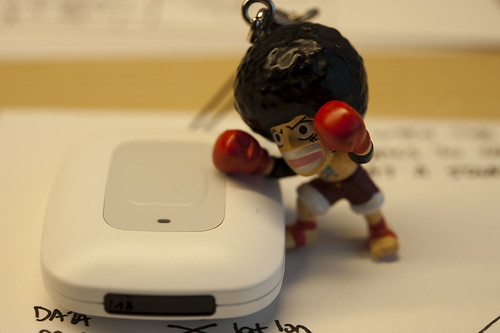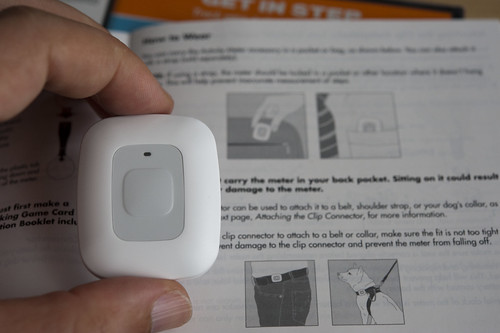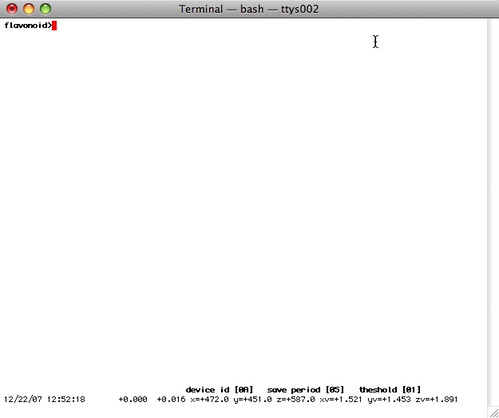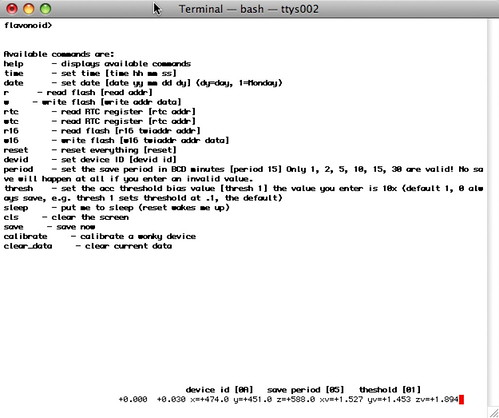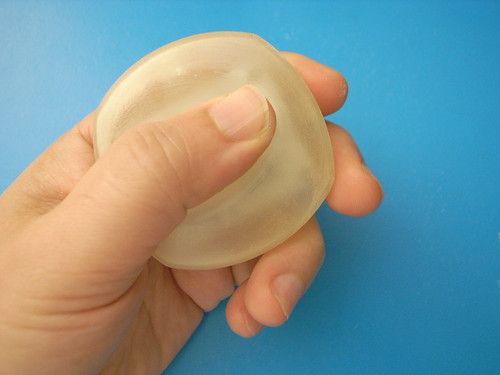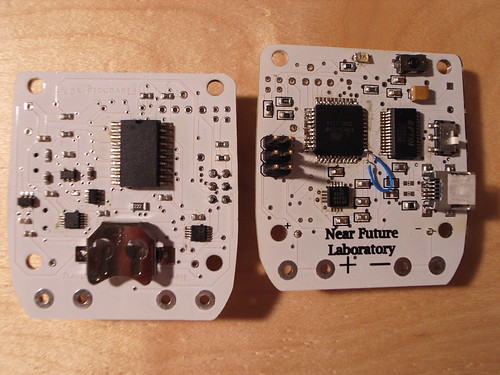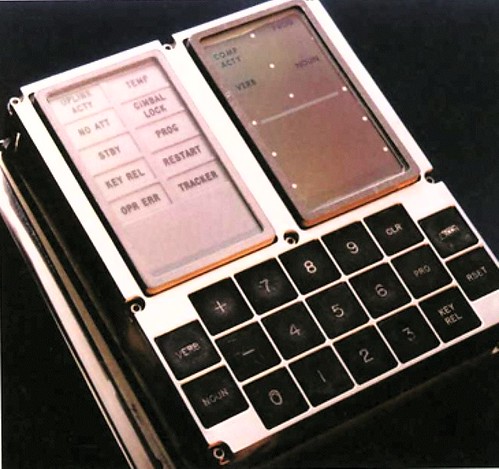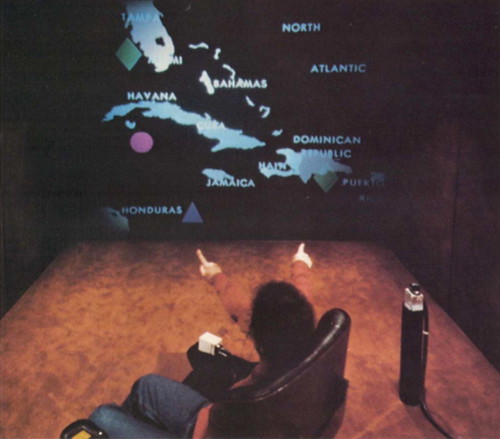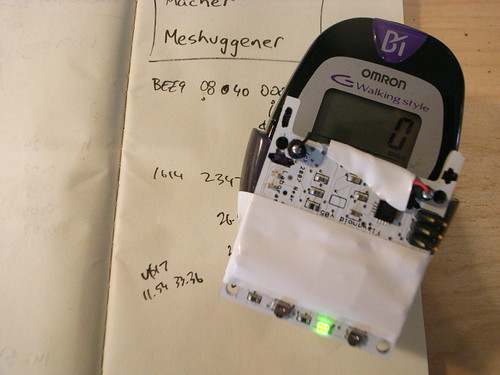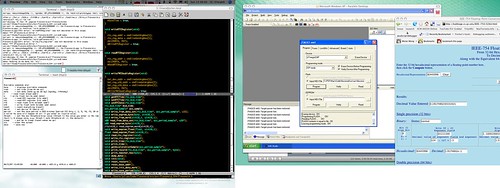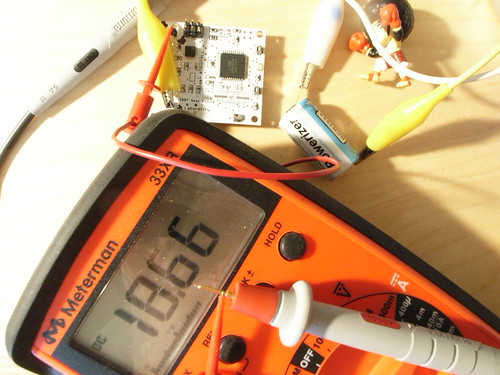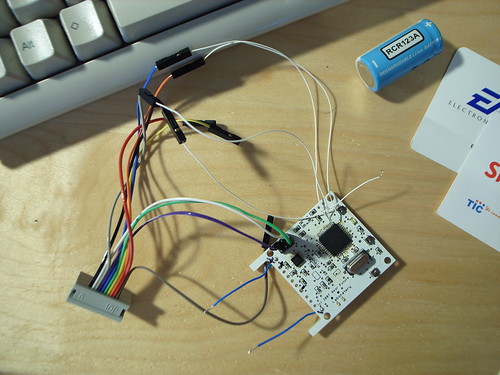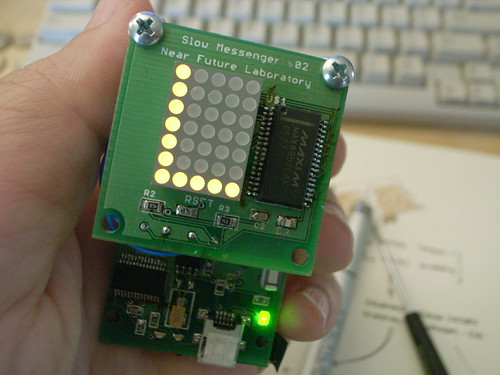
I found out about this Nintendo DS game from Kevin who found out about it from Russell. I literally just got it yesterday, but it’s pretty exciting to see. I can only imagine in my head out the play dynamics unfold, but I’ll be playing with it and have some more thoughts before long.
So far I enjoy the “blind” design of the pedometer part of the concept — not too much display other than this blinking light which changes color when you’ve reached your goal. Simple, direct and not a nagging taunt from a fancy LCD that shows more than you need. You focus on your activities or just being a normal human being without poking and prodding at the device all the time, checking your status in detail, etc. When you’re in the world, be in the world, I say.
This one aspect of the design is quite curious — there is an extra pedometer device for your dog! I mean, I get the idea — people walk their dogs and so this is perfect for you and your dog to get some training together. The language in the users manual / guidebook is very funny, and I’m not sure if this is deliberate or perhaps the sensibilities of a Japanese game design company? I know none of the facts and that does not matter so much to me, but maybe it’s my sensitivities to things that fold together different species into what my advisor calls “transpecies” or “companion species” — species that need each other, or play and interact together in curious ways. (cf The Companion Species Manifesto) Thus, I cracked up when I read these items in the guide:
The meter should only be used by a person or dog. It will not work properly with any other type of animal.
The meter should only be used on a dog when supervised by a person. It should be attached in a location where it is not at risk of being chewed or swallowed.
Great stuff. I’m looking forward to seeing how the DS experience works.
Downside: I’m pre-disappointed that walking is the only physical activity it seems to work with. I ride a bike and want this to count. And there are so many other sorts of physical things that won’t count, I assume.
*shrug*
Russell points out the simplicity of the synchronization ritual, which is fantastic. Point. Press. Watch your pedometer pebble appear from a pipe on the screen and become “alive” on your screen. If you’ve ever tried to synchronize ANYTHING you’ll laugh out loud, as I did. If you’ve ever designed ANYTHING that requires synchronization, take close note of the interaction ritual here. It’s fantastically playful and simple and sensical.
Some related topics: this perpetual Laboratory project, Flavonoid.
